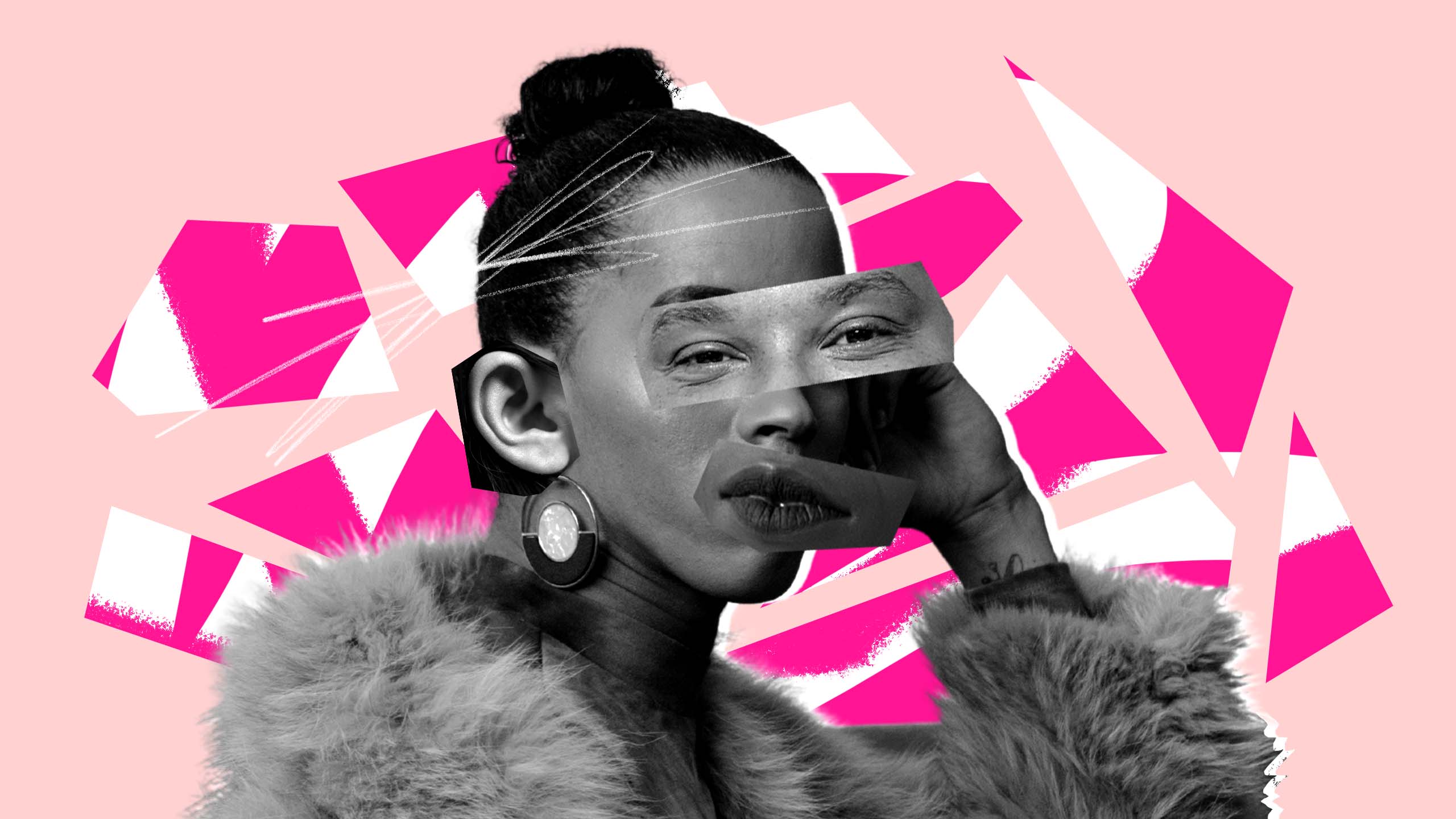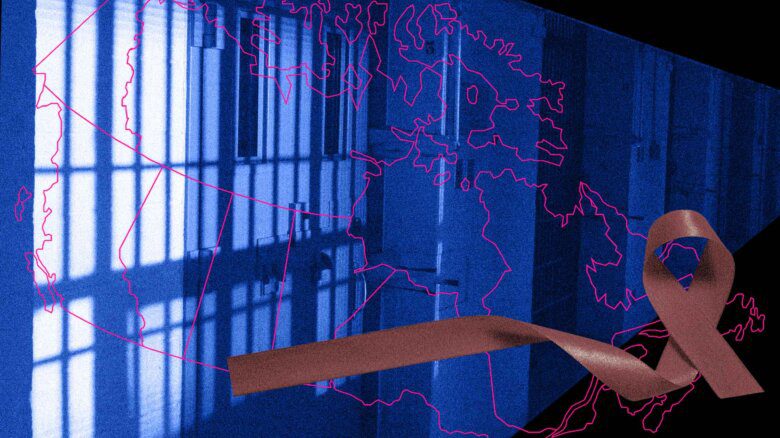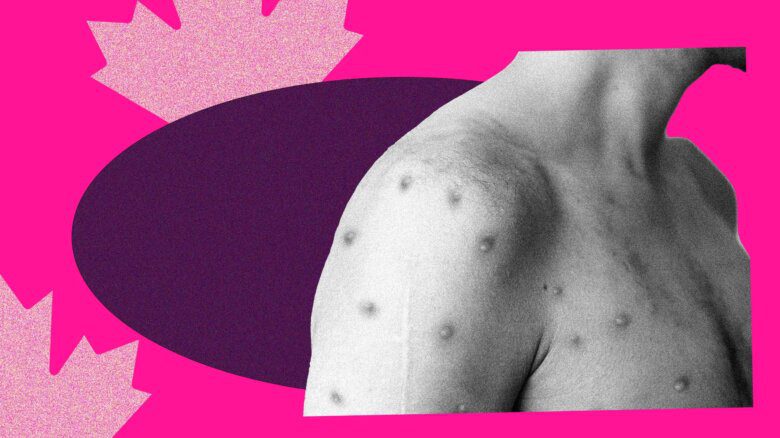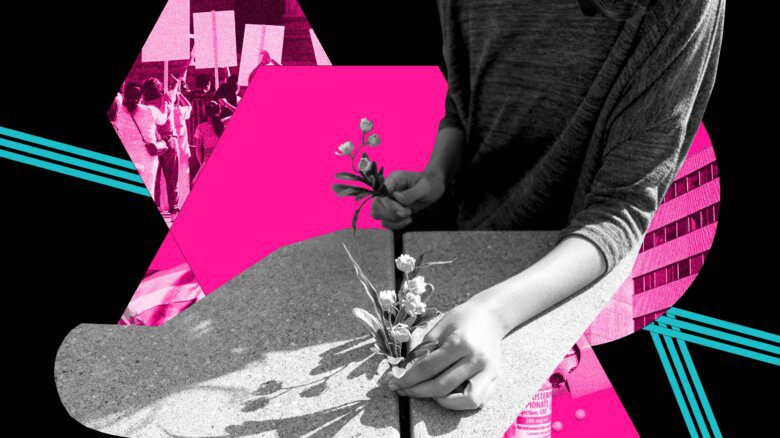As a child, Stella compulsively thought about her appearance. “When I was 10, I would fixate on specific parts of my face. Even as a kid, I was googling surgeries and ways to change it,” says the 23-year-old, who requested that her name be changed to protect her privacy. Stella, a pansexual Korean-Greek woman, has struggled with body dysmorphic disorder (BDD)—a mental illness that causes people to be so distressed by their physical appearance that it disrupts their daily lives—since those early childhood days.
Her BDD has been exacerbated by the pandemic. “I work from home, and I just recently finished my bachelor’s degree in sociology. Zoom was really difficult for me in university, because I’d always be looking at my face,” she explains. She struggled to concentrate on her classes, instead, in her mind, she catalogued every detail she wanted to fix. “This has continued in the workplace. I’m hyperaware of how other people are perceiving me and it is so stressful.”
Over the years, Stella has tried to get help to manage her BDD—but finding proper support has been difficult. She met with therapists who gave her tips on how to manage her symptoms, but was frustrated when they couldn’t help her address the roots of her BDD. Cognitive behavioural therapy (CBT), a therapeutic approach designed to change unhealthy thought patterns, required a lot of mental energy on her part, and wasn’t sustainable. Furthermore, Stella’s therapists didn’t acknowledge her racialization and her queerness during her treatment, which limited its effectiveness. As a sociology major, she still saw women and femmes being shamed for their appearances, and was frustrated that this dynamic wasn’t discussed in therapy.
Stella’s background in sociology helped her to identify people’s negative reactions to her mixed-race background as a major trigger for her BDD. Growing up closer to the Greek side of her family, her appearance was always scrutinized by her relatives and compared unfavourably to that of her blond, blue-eyed cousins. Those negative comparisons followed her in her white friend groups, where she felt invisible. They even followed her into one of her first jobs: when she worked as a dancer in a strip club, she noticed that her women of colour colleagues didn’t get picked as much as her white ones for dances. “We were either dismissed or fetishized,” she recalls.
“A lot of traditional mental health spaces are very white and cishetero-centred.”
These experiences do not surprise Samanta Nyinawumuntu, the founder and director of the Black Healing Centre, an organization dedicated to providing a safe healing space for Black folks in Montreal. Nyinawumuntu created the organization to bridge the gap between traditional mental health services and the mental health support needs of Black folks. “A lot of traditional mental health spaces are very white and cishetero-centred. So many people are looking to connect with others who share the same experiences as them, which is what we do,” she said.
As a community organizer, Nyinawumuntuhas created healing circles where participants can discuss their daily lives, as well as their histories. They meet once a month and are facilitated by Black women therapists. Some of the participants have BDD, and Nyinawumuntu says the issue comes up there.
“We acknowledge everything that everyone’s coming in with, such as their traumas and their insecurities,” she says. The fact that participants come from similar backgrounds is key, as it helps people feel less alone in their experiences. “We create peer support for each other in these healing processes. Not everyone in the group has BDD, so we make sure that those who do feel validated when they bring their insecurities and issues.” There is also an active listener available at each session, who listens intently to those who are emotionally activated or retraumatized during the circle. They provide validation and support.
The Black Healing Centre also offers similar biweekly healing circles for Black men and monthly communal art healing workshops.
Nyinawumuntu sometimes provides referrals for participants who are looking for more specialized support to manage their BDD. In the past, she has redirected people to Project 10, a queer advocacy organization that offers programming with a specially trained person providing BDD support for non-binary and trans youth.
Nyinawumuntu also advises queer and trans people of colour with BDD to look for mental health professionals with similar lived experiences. “Not sharing those experiences with your mental health provider can be so isolating,” she says. “So I tell people to look at the kind of work and the kind of training their providers have done, as well as how they continue to educate themselves.”
Finding healing outside of therapy
Many queer and trans people of colour with BDD have also been able to find healing with nontraditional methods. JP Marababol, a non-binary gay Filipinx who has lived with BDD since their teens, credits pole dancing for helping them manage their symptoms.
When they started training, seeing their reflection in the mirror of the dance studio made them cry. “Having to look at myself in the mirror forced me to face myself. And, over time, it helped me a lot in terms of gaining confidence.”
Pole dancing also helped Marababol deal with the harmful messages they received from within the queer community—like the expectation that as an Asian queer, they had to be thin and hairless, which exacerbated their BDD. Learning different moves allowed them to realize that their body type gave them an advantage. “When you’re trying to do a basic pole sit, having skinny thighs will cause you more pain. But if you have thicker thighs, you’re not going to feel it as much,” they say. “I know that I’m extremely strong, even if I don’t have an idealized muscular body type. My body is able to do things I didn’t think it could!”
Self-expression also led to healing for Sitara, a queer, non-binary Punjabi femme who requested that only their first name to be used. Sitara loves experimenting with fashion to express their gender identity and to fight back against normative expectations around their appearance.
Sitara also uses social media to post pictures of their looks and videos of themself speaking about topics they are passionate about. “Choosing what I wear, how I do my makeup, what kind of message I want to deliver makes me feel in control of my creative expression,” they explain. “I can have a lot of autonomy over what I want to write and portray with my posts.” To keep social media validation from triggering their symptoms, Sitara also shares their poetry and drawings online, focusing on their artistic skills instead of their appearance.
While resources available to help people of colour navigate the complexities of BDD may be scant, Sitara and Marababol say they’ve found power in supports that centre community, shared experiences and self-expression. “I have a certain heavy hand when it comes to my body, but a certain lightness when it comes to my art, because I know that it’s something that’s very vulnerable,” says Sitara. “The hypervisibility of my body makes me feel like I should have more control over it, but I also remember it’s just here to hold me.”


 Why you can trust Xtra
Why you can trust Xtra


